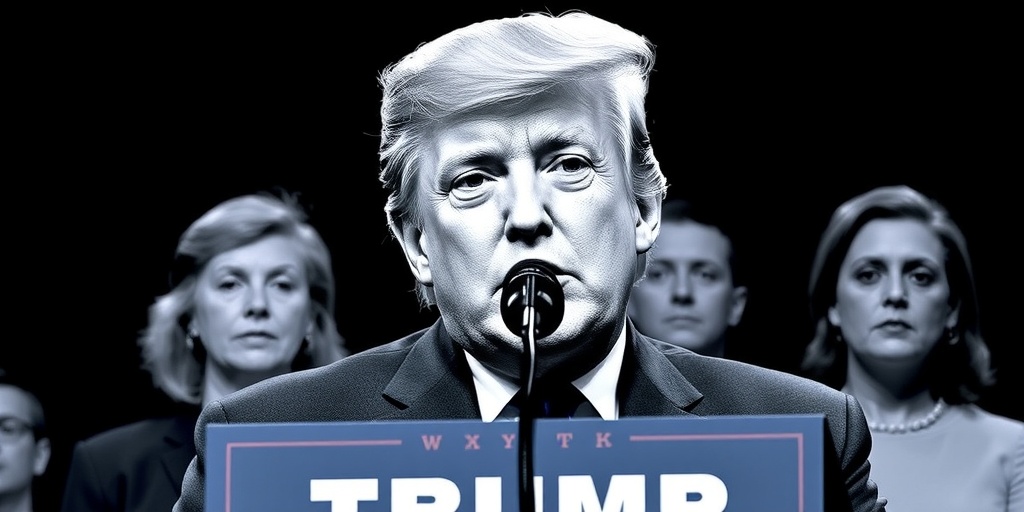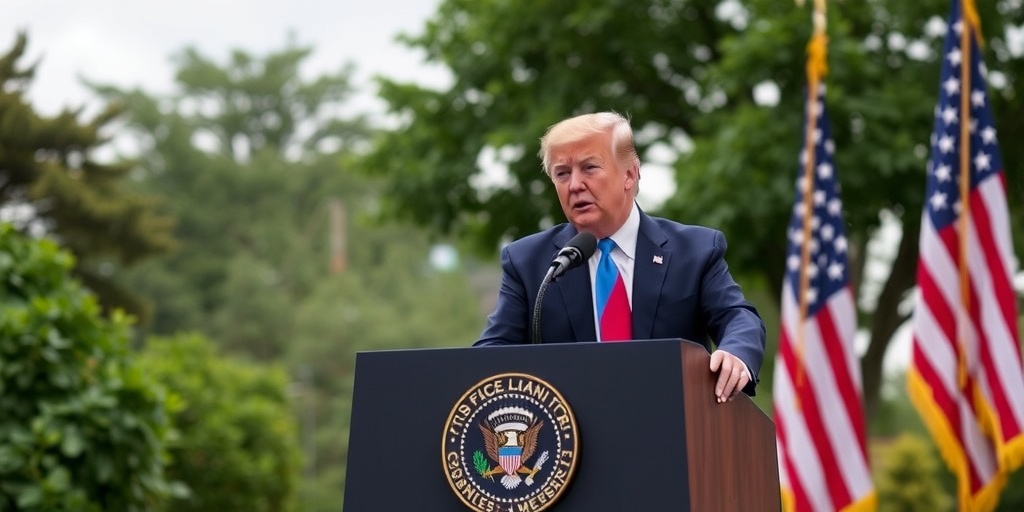Now Reading: Democrats Divided on Resistance Strategies Against Trump
-
01
Democrats Divided on Resistance Strategies Against Trump
Democrats Divided on Resistance Strategies Against Trump

In a response to President Trump’s inaugural address of his second term, Democrats in Congress selected Senator Elissa Slotkin, a centrist from Michigan with a national security background, to deliver a measured counterpoint that sought to appeal to a broad audience without resorting to partisan hostility. However, the Democratic Party’s response became overshadowed by a more dramatic scene involving Representative Al Green, a progressive Texas Democrat, who was removed from the House chamber after loudly protesting Trump’s policies.
The juxtaposition of these two responses highlights the intricate dynamics within the Democratic Party as they navigate their strategy against a president who is not only challenging established norms and laws but also capturing the public’s attention with his provocative rhetoric. In the face of considerable pressure from an increasingly vocal progressive base, there is a palpable divide among Democrats: some advocate for a more aggressive stance of resistance against Trump, while others prefer a centrist approach aimed at appealing to moderate voters disenchanted with the president’s policies.
This strategic crossroads is particularly significant as Congress faces impending decisions regarding government funding, with a deadline set for March 14. Democrats are grappling with whether to support legislation intended to prevent a government shutdown or to abstain from cooperation, particularly given Trump’s recent actions that unilaterally defund federal programs.
The varied reactions to Trump’s speech highlighted the current predicament of the Democratic Party, which finds itself at a disadvantage in terms of power, unable to implement meaningful changes. President Trump’s firm grip on the narrative means that despite being in the minority, Democratic lawmakers need to balance out their responses carefully, taking into consideration the potential implications of their actions.
During Trump’s address, some Democrats opted for subtle forms of protest. Many wore hot pink as a symbol of female empowerment while others displayed paddles that read “Musk Steals” and “Save Medicaid,” highlighting issues that resonate with both progressive priorities and moderate constituents. Adding to the chorus were shouts from some Democrats opposing Trump’s claims, exemplifying the tension as they attempted to voice their dissent amidst formal proceedings.
Green’s outburst—during which he chanted “no mandate”—was met with mixed reactions. While he intended to draw attention to perceived threats to vital social programs like Medicaid, Medicare, and Social Security, his colleagues expressed frustration, believing that such overt actions played into Republicans’ hands and diverted attention from substantive issues. The following day, the House Freedom Caucus, a coalition of conservative Republicans, announced plans to censure Green, further complicating the Democratic narrative as Trump leveraged the incident to paint Democrats as anti-American.
However, some Democrats pursued different avenues of protest, attempting to maintain decorum while signaling opposition. The decision to boycott the traditional Escort Committee, which usually accompanies the president into the chamber, was one step taken by some Democrats. Although significant, it is likely to go unnoticed by many Americans who may not be familiar with the customs surrounding presidential addresses.
Democratic leaders, including Senate Minority Leader Chuck Schumer and House Minority Leader Hakeem Jeffries, acknowledged the challenges facing their party. Schumer emphasized the pressing concerns about rising costs affecting American families, urging that the party focus on organization and effective resistance rather than performative actions. Jeffries, while highlighting the restraint shown by most Democrats, recognized that being in a minority position poses inherent difficulties in crafting a unified response, especially in the spotlight of such high-profile speeches.
Ultimately, the Democratic response to Trump’s address underscores a broader struggle within the party to articulate a cohesive message that resonates with its diverse factions while simultaneously addressing the practical realities of opposition. As they attempt to navigate these challenges, it remains to be seen whether they can unite their strategy in a way that effectively counters Trump’s influence and addresses the pressing issues facing American voters.
Stay Informed With the Latest & Most Important News
Previous Post
Next Post
Previous Post
Next Post
-
 01New technology breakthrough has everyone talking right now
01New technology breakthrough has everyone talking right now -
 02Unbelievable life hack everyone needs to try today
02Unbelievable life hack everyone needs to try today -
 03Fascinating discovery found buried deep beneath the ocean
03Fascinating discovery found buried deep beneath the ocean -
 04Man invents genius device that solves everyday problems
04Man invents genius device that solves everyday problems -
 05Shocking discovery that changes what we know forever
05Shocking discovery that changes what we know forever -
 06Internet goes wild over celebrity’s unexpected fashion choice
06Internet goes wild over celebrity’s unexpected fashion choice -
 07Rare animal sighting stuns scientists and wildlife lovers
07Rare animal sighting stuns scientists and wildlife lovers





















